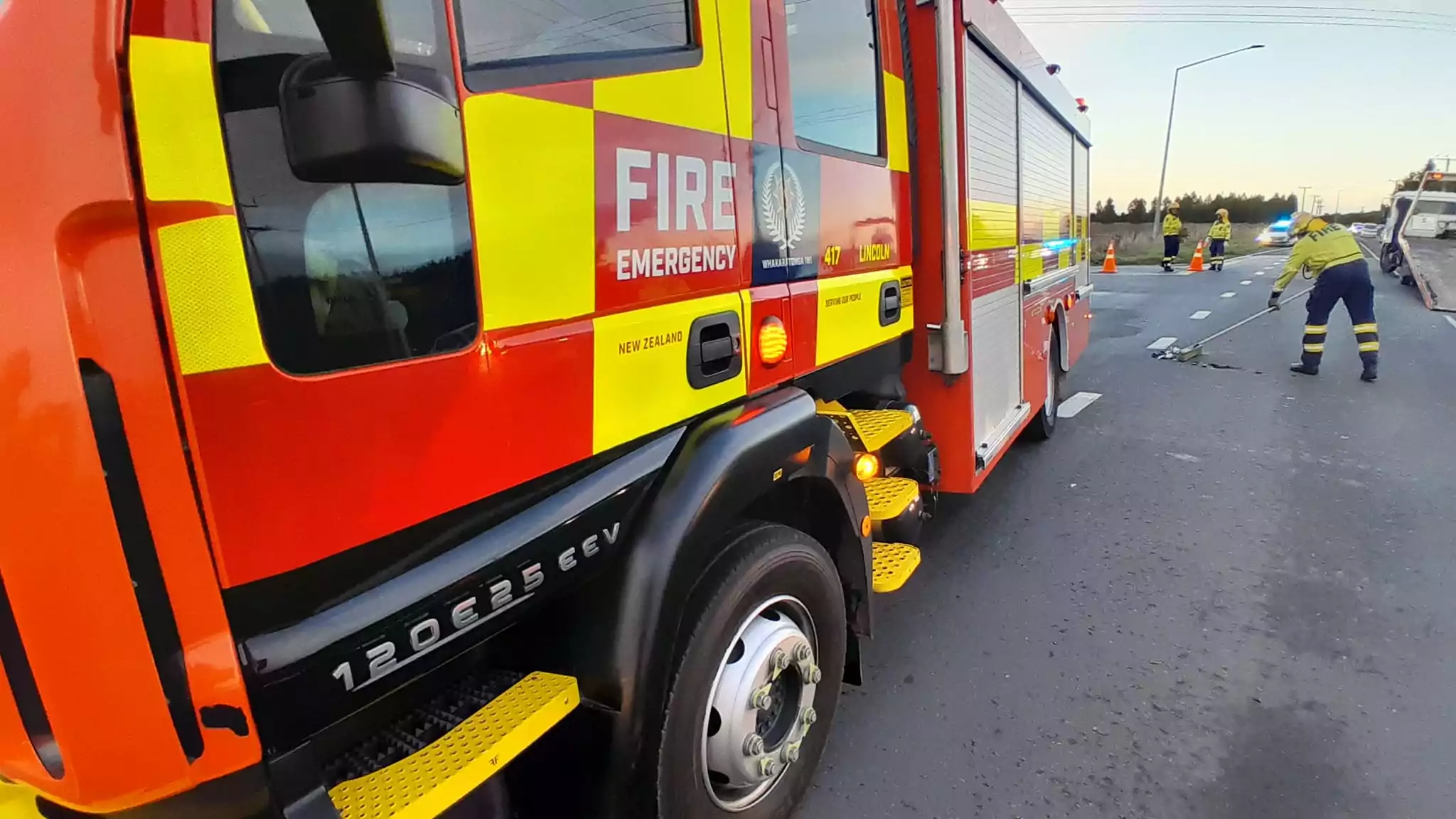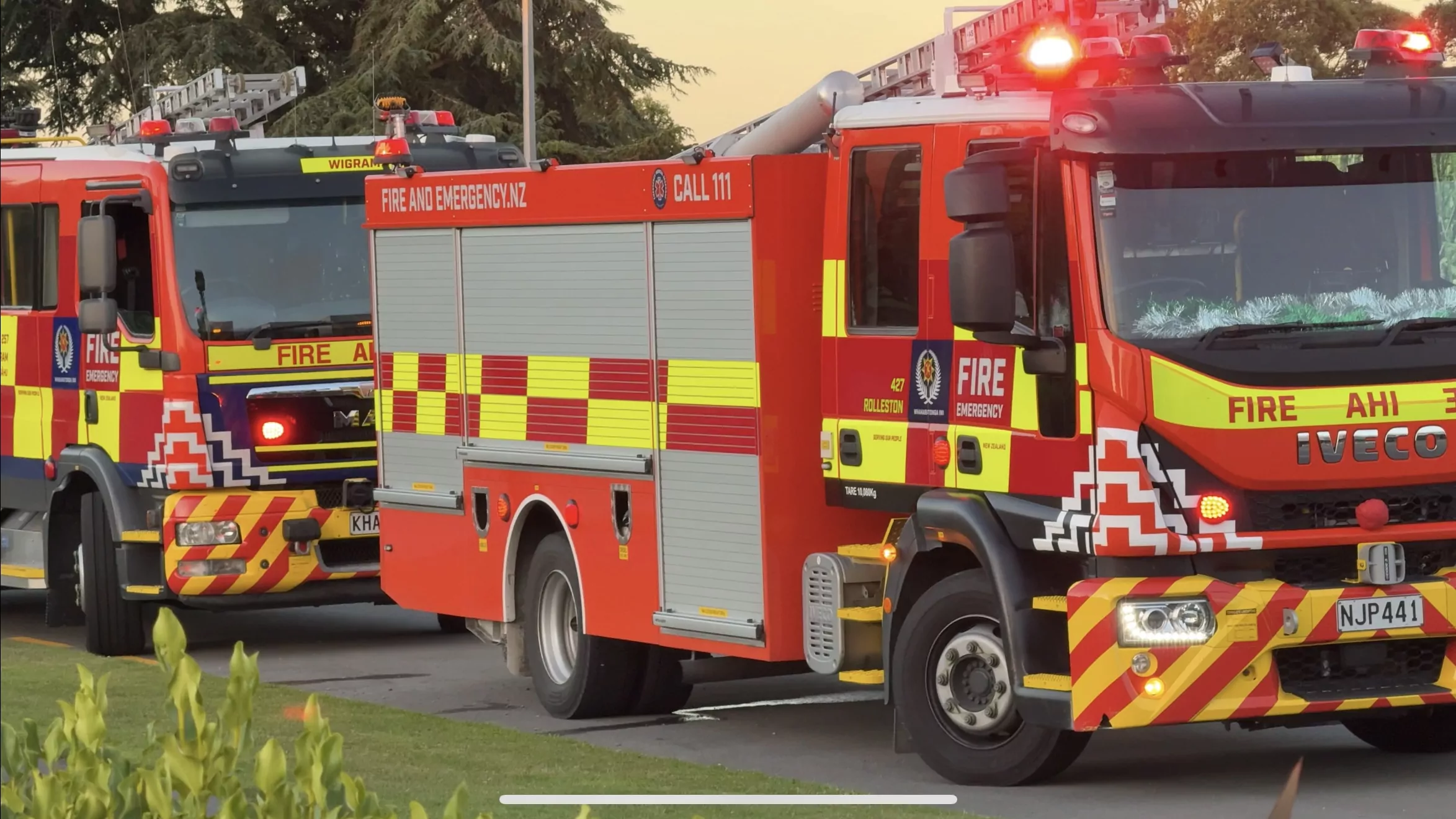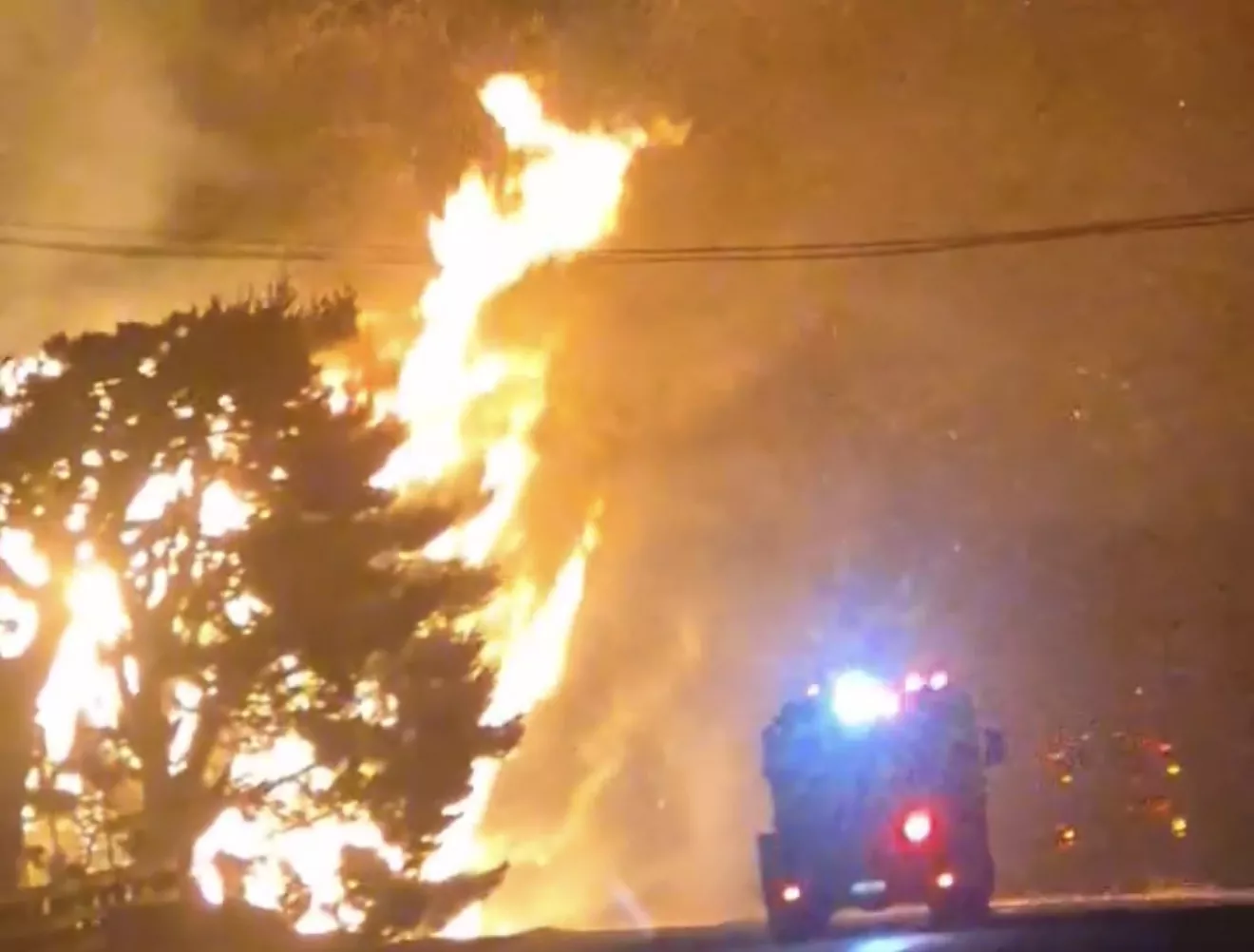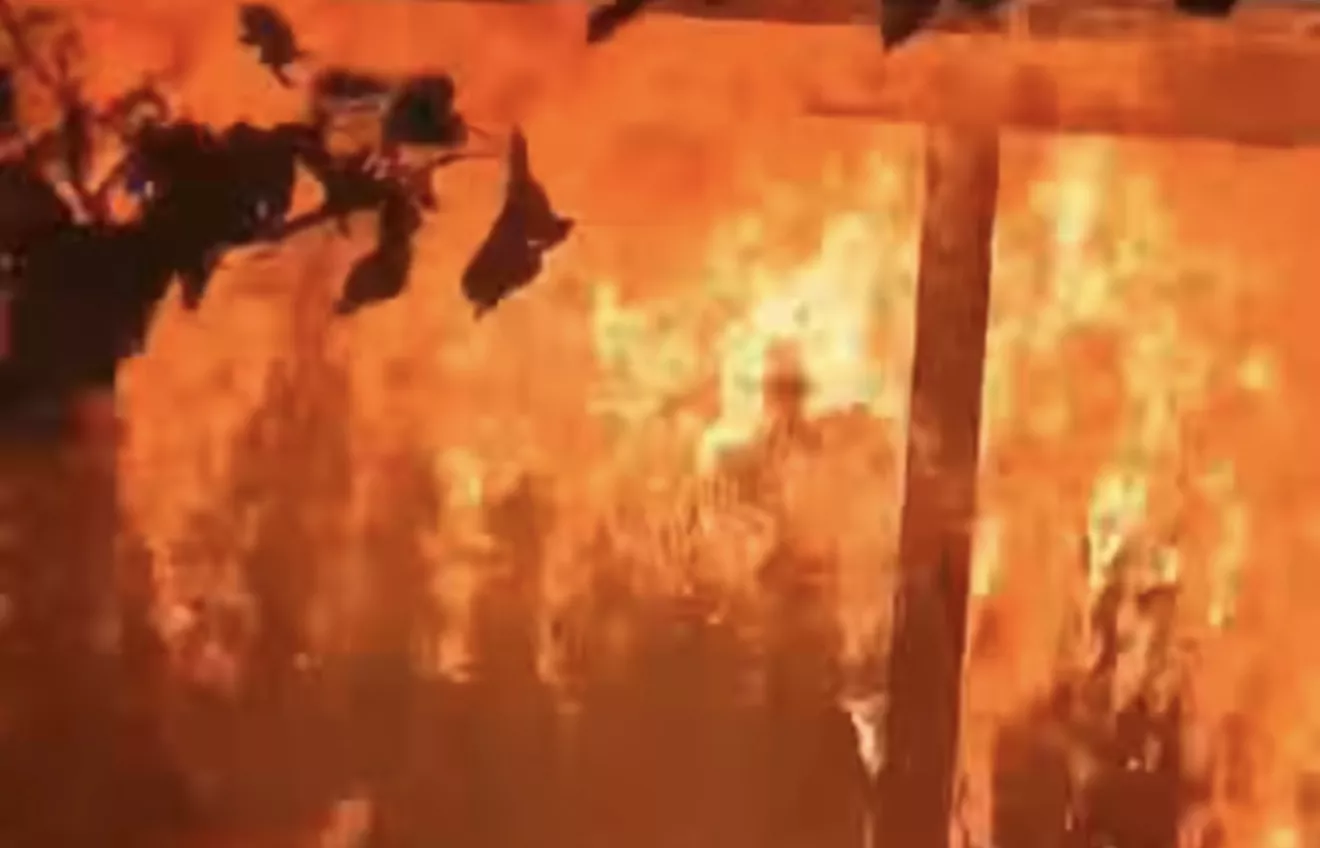Maths trial shows dramatic progress for students in only 12 weeks
A nationwide maths acceleration trial has shown major gains for Year 7 and 8 students...

Firefighters strike nationwide as union and Fire and Emergency clash over safety and pay
Around 2,000 members of the New Zealand Professional Firefighters Union (NZPFU) walked off the job for one hour at midday today, calling for urgent action on what they describe as unsafe working conditions and stalled negotiations with Fire and Emergency New Zealand (FENZ).
Those taking part included frontline firefighters, 111 emergency dispatchers, trainers, volunteer support officers, and staff working in community resilience, health, and safety roles.
The union said members took the step “with heavy hearts,” describing the strike as a last resort after what it claims are months of failed attempts to bring FENZ back to the bargaining table.
“FENZ could have stopped this strike if they had turned up to bargaining and sufficiently progressed negotiations,” the NZPFU said. “When our members strike, they do so as a last resort.”
According to the union, the country’s fire service faces ongoing risks from under-resourcing, ageing fire appliances, and a shortage of trained personnel. It alleged that fire trucks have broken down en route to emergencies and that crews have been left stranded in aerial appliances above fires.
The NZPFU also claimed that FENZ had cancelled its January recruit course, worsening staffing shortages, and that the sole 111 fire dispatch centre is often understaffed. It said New Zealand does not have a single hot-fire training facility fit for purpose, forcing recruits to be sent to Australia for essential live-fire training.
Many firefighters, the union said, are working from stations that are earthquake-prone, contain asbestos, or have been closed altogether, requiring neighbouring crews to cover larger areas and increasing response times.
Fire and Emergency urges caution during strike
In response, Fire and Emergency New Zealand urged people and businesses in areas primarily served by career firefighters to remain vigilant during the one-hour strike.
Deputy National Commander Megan Stiffler said 111 calls would still be answered, but response times in cities and towns covered by career firefighters could be delayed.
“Volunteers in urban areas will respond from their own stations and in their own trucks to help, as they regularly do when there are multiple emergencies at one time,” Stiffler said. “But it will take longer for our volunteer crews to respond as their stations are further away.”
She said community safety remained the organisation’s top priority and asked the public to take extra care during the strike period.
“We’re asking businesses to be cautious around any work practices that could result in fire, and to make sure evacuation procedures are understood. People should check smoke alarms and escape plans, and evacuate early if a fire breaks out,” Stiffler said.
Fire and Emergency said it would prioritise serious incidents and may not respond to minor events such as private fire alarms, small rubbish fires, or animal rescues during the strike.
Stiffler said volunteer crews would not respond to medical calls outside their areas for the duration of the strike and emphasised that most of the country, served by more than 11,000 volunteers in nearly 600 stations, would not be affected.
Negotiations continue
FENZ confirmed it applied for facilitation with the Employment Relations Authority on 7 October under urgency, after more than a year of protracted bargaining.
“Facilitation is specifically available when strike action has been notified that is likely to endanger the life, safety, or health of persons, which is the case with the NZPFU notified strike action,” Stiffler said. “The Authority has granted urgency to our application and directed the parties to attend mediation before 28 October to discuss facilitation.”
She said Fire and Emergency was disappointed the NZPFU had rejected its offer of a 5.1 percent pay increase over three years, along with increases to some allowances.
“We consider the offer is sustainable, balances cost of living pressures faced by individuals alongside fiscal pressures faced by Fire and Emergency, and is consistent with the Government Workforce Policy Statement,” Stiffler said.
“Fire and Emergency’s goal has always been to reach a fair, sustainable, and reasonable settlement with the New Zealand Professional Firefighters Union. We are bargaining in good faith and doing everything we can to achieve an agreement without disrupting the services communities rely on.”
Fire and Emergency said it had replaced 317 trucks since 2017, with another 78 on order, and was spending more than $20 million a year on replacement vehicles. It said a significant programme of station upgrades and training investments was also underway.
For the 2025–26 financial year, Fire and Emergency’s operating budget is $857.9 million, with 91 percent spent directly on frontline operations and support.


